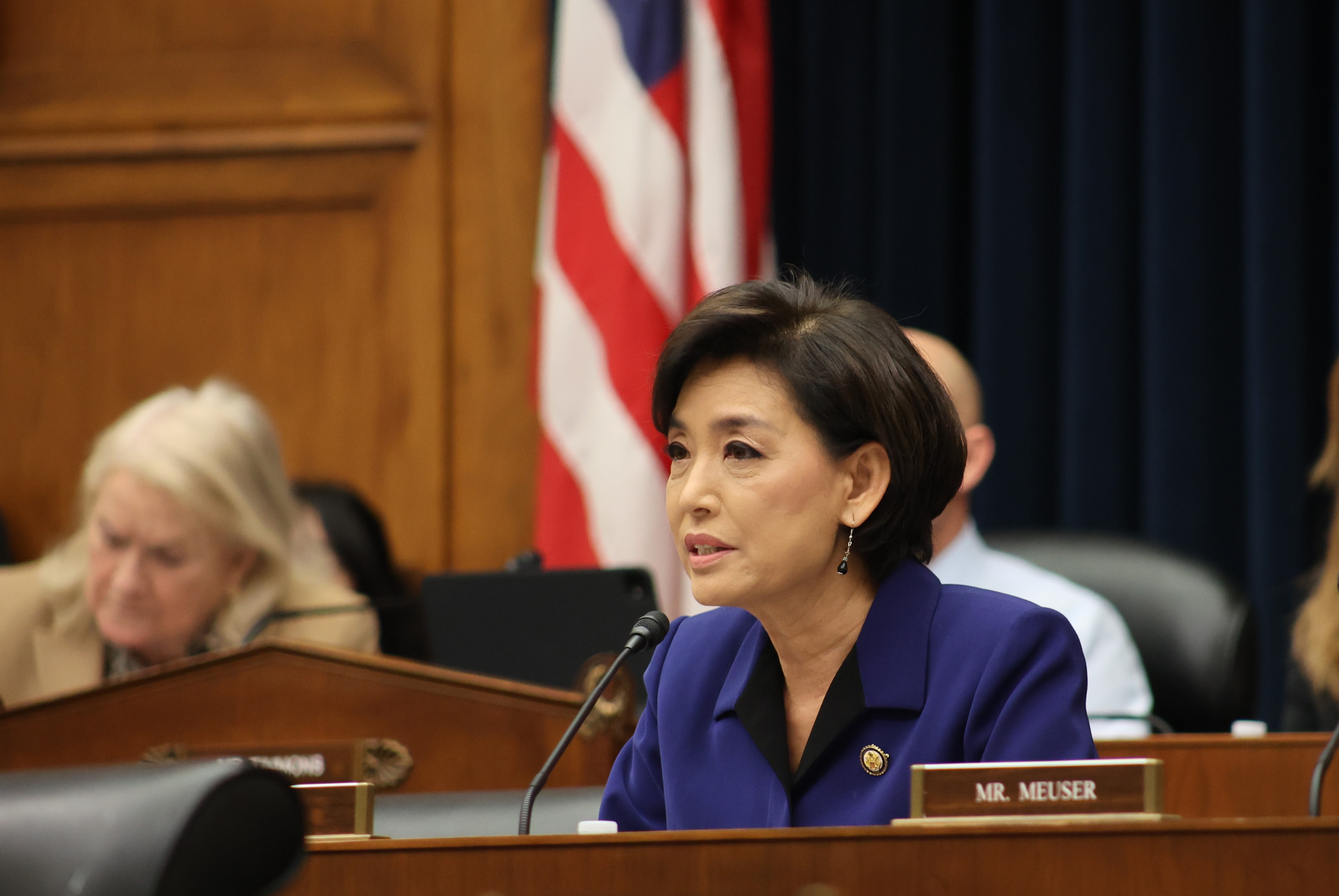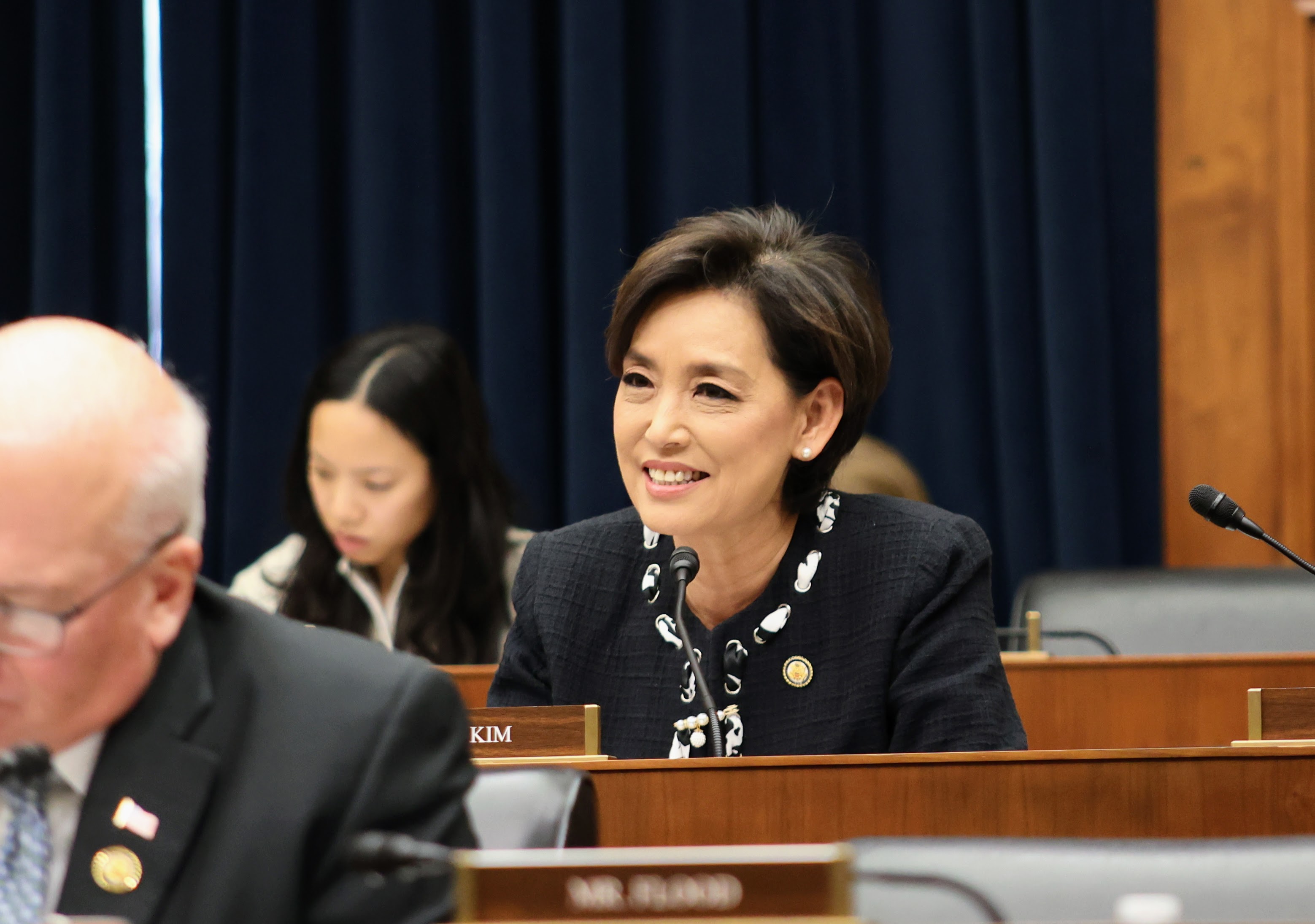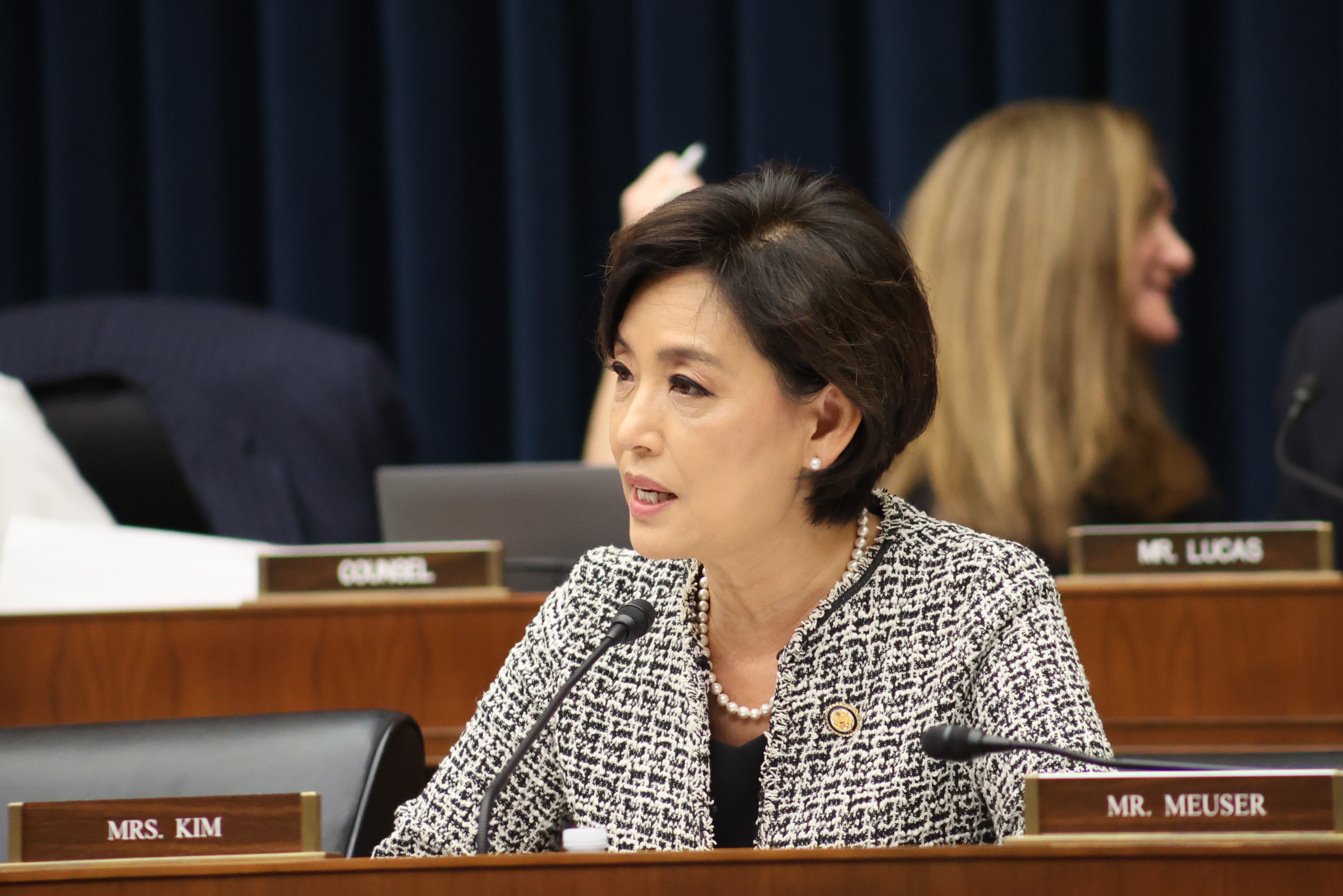Since mid-February the overall number of Fullerton residents who have died from COVID-19 has risen from 193 to 242. Of those deaths, 84 have occurred in Skilled Nursing Facilities—up from 73 two weeks ago. The cumulative case count in the City has risen from 10,192 to 11,008 during the same two-week period. On February 24, for the first time in many weeks, no County deaths were reported by the OC Health Care Agency and reported daily deaths since then have been in the single digits. OC is currently hospitalizing about half as many COVID-19 patients as it was two weeks ago. During the same period, ICU cases have dropped by about more than half, while available ICU beds have risen significantly.
The improvement in statistics is attributed to both the end of the surge from ill-advised holiday celebrations and the ongoing vaccinations against the virus. However, health care professionals urge residents not to become complacent about the risks of contacting and transmitting the SARS-CoV-2 virus that causes COVID-19.
Speaking during a virtual town hall hosted by Congresswoman Young Kim (R-39) on Feb. 25, Dr. Imran Sharief warned that if people don’t continue wearing masks, progress made in fighting the pandemic could be undone, especially as more and possibly deadlier variants continue to arise.
By Feb. 22 the California Immunization Registry, which updates weekly, reported that 426,649 individuals in Orange County had received either a first or both doses of either Pfizer or Moderna vaccines—the two approved vaccines to that date. Of those vaccinated, a little more than a third had received both doses of one or the other. Both the Pfizer and Moderna vaccines require two doses, spread 3-4 weeks apart. Forty-two percent of those who had at least one shot were male, while 58% were female (other gender designations were too small in number to represent statistically).
The number of vaccines administered can vary widely from day to day, according to OC Health Care Agency statistics, which show Feb. 12 as the day the most vaccines were given, at more than 20,000 doses. Winter storm-related supply issues caused a dramatic drop to fewer than 3,000 on Feb. 21, but twice that number were given the next day. OCHCA also lists its own Immunization Assistance Program as the top provider of vaccine doses, at 34%. Next was CVS at 9%, then Kaiser Permanente SoCal with 7%, followed by UC Irvine Health at 5%, and then Providence St. Joseph with 3%. The other 20 providers authorized to give vaccines accounted for 3% or less each.
Dr. Sajen Matthews, Chief Medical Officer of Fullerton’s St. Jude Medical Center, said that St. Jude had given out over 20,000 vaccine doses through the medical center or its healthcare providers.
The Feb. 26 announcement that the Food and Drug Administration had recommended the use of Johnson & Johnson’s single dose vaccine, which does not need to be stored at ultra-low temperatures, promises to dramatically increase the rate of vaccinations. On that same day Governor Gavin Newsom announced the federal government would now be able to provide predictable numbers of vaccine doses available to states, charting them three weeks in advance, with weekly updates. In the first week of March, California is scheduled to receive 380,000 doses of the Johnson & Johnson vaccine for distribution throughout the State.
Gov. Newsom predicted that the number of allocated doses would increase significantly by the end of March. Speaking from the Central Valley where farmworkers have been suffering from COVID-19 in disproportionate numbers, Newsom said that not only was there light, but “bright light at the end of the tunnel.”
Both state and federal elected officials held online vaccine town hall meetings late in the month, to emphasize the safety of the vaccines and their critical importance to stopping the pandemic.
During Rep. Kim’s Feb 25 Town Hall, Dr. Matthews presented a primer on how the vaccines work. In urging people to get vaccinated when they can, he noted that results of a recent real world study of vaccinated people in Israel mirrored the 95% immunity rate found in lab studies of the Moderna and Pfizer vaccines. Flu vaccines are only 60% effective, he noted.
Because the virus mutates as often as every two weeks, more variants can be anticipated, the virus’ evolution seemingly favoring greater transmissibility. For this reason, the sooner herd immunity can be achieved (which would require about 75% of the population to be immunized), the better the chance of heading off more virulent strains as transmission sinks to an insignificant level. Asked about the long-term effectiveness of the current vaccines against variants, Dr. Matthews predicted that vaccines could be periodically retooled as variants arise without long FDA approval processes, as flu vaccines currently are. No one yet knows how long the current vaccines will protect against the current variants of the virus, but Dr. Matthews said he hoped it would be for 1 to 3 years at least. Individuals who have been vaccinated can still transmit the virus— making mass vaccinations absolutely necessary to stop the pandemic.
On Feb. 23, State Senators Josh Newman (D-29) and Dave Min (D-37) co-hosted a town hall that featured three medical professionals who offered their perspectives on the pandemic. Both Sens. Min and Newman recounted their own experiences after testing positive for COVID-19. Min said that despite double-masking, he contracted the virus and developed symptoms four days into his ten-day quarantine period. He suffered intense abdominal pain and severe chills, and had to be taken to the hospital in an ambulance. Newman developed COVID-19 sometime around Thanksgiving last year, and like Min, had no idea where he had contracted the virus. He considered the severity of his case to have been relatively minor but did find the temporary loss of smell and taste disconcerting. A monoclonal antibody cocktail may have been responsible for his recovery, although he may have only received a placebo in the trial in which he had been invited to participate. Newman lost a childhood friend to COVID-19.
The town hall featured pharmacologist Dr. Helen McFee of Memorial Health Care, Dr. Andrew Noymer of UC Irvine, and Jena Jensen of Children’s Hospital of Orange County (CHOC) in Orange. Dr. McFee called the decision about whether or not to get vaccinated “personal,” but said that 85% of Memorial Care’s health care workers had opted to take the vaccines offered. The amount of vaccines Memorial receives is decided by OC Health Care Agency Director Dr. Clayton Chau, which has been 45,000 doses so far.
UCI’s Dr. Noymer said that the tremendous decline in severe cases and transmissions suggests that we aren’t in for another serious wave of cases. He wants to see every teacher in the State offered a vaccination before schools are reopened. He supports the large vaccine sites but thinks “normal channels” should be opened up for vaccine distribution to “put people in their comfort zones to get a shot.” HMOs can reach out to much of the population, while commercial pharmacies will work for those who don’t have HMOs. Newman said that the State is already working to offer vaccines to HMOs and community clinics in order to reach even more of the population. The OC Health Care Agency has already identified community clinics as trusted places for administering vaccines to individuals who are not likely to visit a SuperPOD site, like Disneyland or SOKA University, and is operating one-day sites at schools and other locations by contacting hard-to-reach individuals through neighborhood organizations and non-profits.
Asked whether or not people who have already had COVID-19 should get vaccinated, Dr. Noymer said that the evidence seems to show that having the infection acts like the first dose of a two-dose regimen, but survivors of the disease could still get both doses.
Jena Jensen of CHOC said that children account for 12% of the COVID-19 cases nationally, and that the hospital had treated more than 4,000 cases, with 412 hospitalized children, 83 of them in ICU beds. Most worrisome were 63 Multi System Inflammatory (Kawasaki’s disease-like Syndrome) cases.
She stated that the mental health impacts on children would far outlast the pandemic itself, saying that the in-patient clinic at CHOC is full, and hadn’t experienced the normal lightening up of cases during the summer.
Sen. Min called misinformation the biggest challenge to ending the pandemic through vaccinations. Newman similarly urged people not to fall for misinformation or abet its spread to others. “Vaccines have done more to improve the human condition, to increase lifespan and quality of life than anything man has ever invented,” he said. “California could be rebuilt better so we never have to go through an experience like this pandemic again.”
On Feb. 24 the county of Orange announced that outdoor sports, including “football, soccer, baseball, cheerleading, and other outdoor sport competitions” could again be practiced “with modifications” in schools beginning March 3. The drop in OC’s COVID-19 case rates is credited with allowing the resumption of sports. According to a County press release, “Youth and adult sports include varied activities that have different levels of risk for transmission of COVID-19 depending on the physical contact between players. Outdoor activities that allow for consistent wearing of face coverings and physical distancing are lower risk than indoor activities that involve close contact between participants and high exertion that increases the spread of exhaled particles.”
The County Healthcare Agency urges residents to visit covidvaccinefacts.com for more information or call the COVID-19 Hotline (714) 834-2000.




